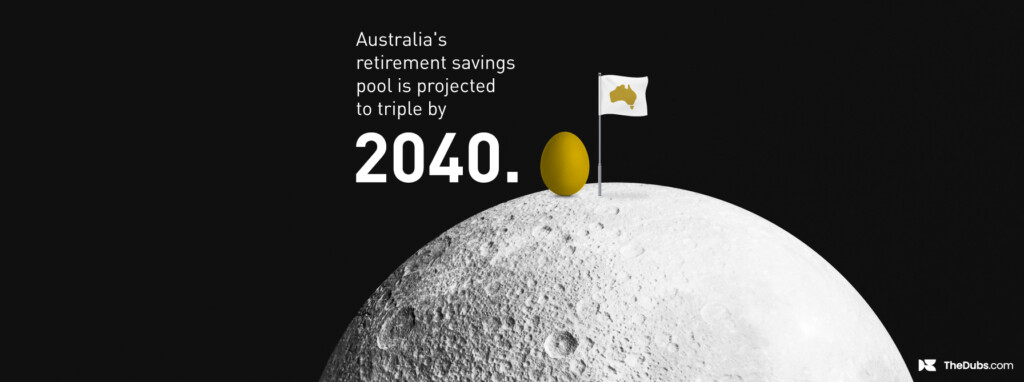In the final part of her budgeting series, Sarah Dunning, NSW Chair of the Australian Marketing Institute, suggests some tactics for deciding how the money is best spent.
You’ve got the budget which is great news, then the reality of deciding what to do with it sets in. There are a few lenses you can use that will shine a light on how the money is best spent.
Return on Investment (ROI)
Last week I went through how to measure ROI on campaigns. You really can’t underestimate how important this is. The process of delivering a ROI shows finance, product, and sales how you have understood the intersect between the business requirements (profitability) and customer needs (making a sale).
You would think that when you line up all of the team’s recommended activities it can be easy to decide the priorities. If only it were that simple.
Strategic Imperatives
As part of your business strategy there may be some KPIs around customer satisfaction for example. That means the old school thinking of time taken on the phone in a call centre being the measure of success may well be thrown out the window. Many call centres now encourage conversations with customers to ensure their problems get resolved – after all customers are people and you’re a customer of many businesses too. Get my gist – how annoying is it to be rushed through a resolution only to find the problem hasn’t been solved? Thinking about lifetime value of a customer and how to keep them loyal to your brand can change how you view what is a priority within your budget.
Doing research can be relatively cheap in the digital environment. Whether designing your own surveys or getting a research agency in, as long as you’re working on a well thought out through brief, the insight research can give is gold. Areas for consideration might be product preferences, channels they use for gaining information, brand insight (NPS) or value proposition development.
Reaching your customer – Cost Per Acquisition (CPA)
By knowing your customer you should have a better idea on how to reach them. When choosing your communication channels, thinking about how they consume information is critical. Direct Mail may well be the answer for your target audience – it will certainly get cut-through given the reduction in mail over recent years. However, you need to weigh cost vs take-up. Email may give you increased reach but what is the true Cost Per Acquisition? Having a CPA lens on deciding how money should be spent is very helpful for prioritising.
Thinking about lifetime value of a customer and how to keep them loyal can change how you view what is a priority within your budget
Engaging your customer – Cost Per Engagement (CPE)
It may be difficult to measure success on how you engage customers in the awareness or consideration phase. People talk about lead nurturing and pulling customers through the sales ‘funnel’. While a funnel approach may still be relevant for many businesses, customer loyalty through experience at each touchpoint can create an uplift over the long-term, not only for that one transaction. Using content as a communications approach has gained traction over the last few years. Content is excellent, as long as it is targeted and measurable. Being online, content can be easily reported, so make sure all the dots are joined up to get real, tangible measurement. You may have differing measures of what customer engagement success looks like outside of traditional ROI and CPA so set some benchmarks and do a cost analysis to establish CPE.
Innovation and marketing technology
With a mobile first approach to business in today’s world technology needs to be a priority. It may be that if you’re not there you’ll not be in business over time. Think carefully about the big picture on being able to be responsive to new ideas and technologies that can you give you improved marketing outcomes such as 1:1 personalisation or reporting on customer experience. Anything that gives you real-time feedback and allows you to innovate means you can keep up with or ahead of the competition.
Looking at the payback period of technology, including the contribution to your strategic imperatives, will help you to decipher how much money you put aside. There are many more areas for consideration like product and channel development so make sure you use a robust transparent process and you’ll find it easier to prioritise and put all of your budget to good use.
Read the other two articles in this marketing budget series:
MARKETING BUDGETS PART 1: HOW TO STAY IN THE DRIVER’S SEAT
MARKETING BUDGETS PART 2: MANAGING A CAMPAIGN BUDGET
Subscribe now for content marketing insights and trends straight to your inbox.









